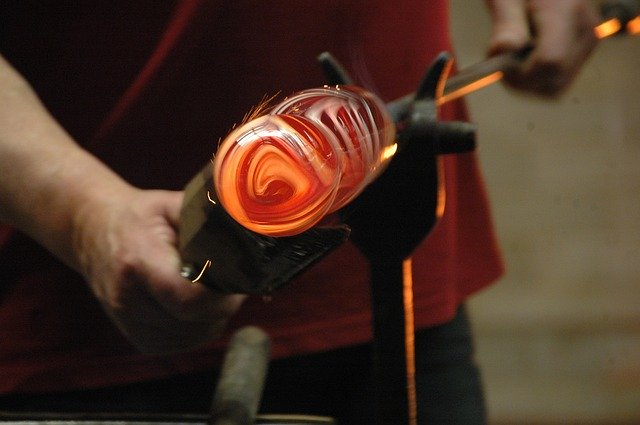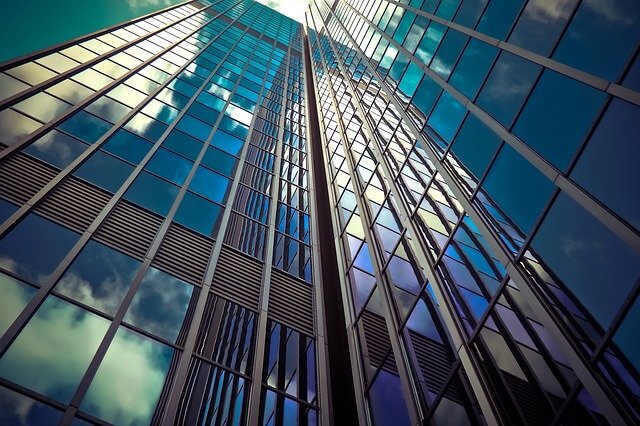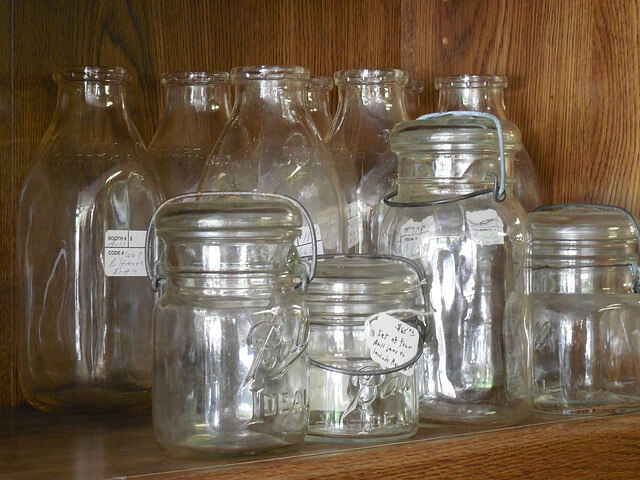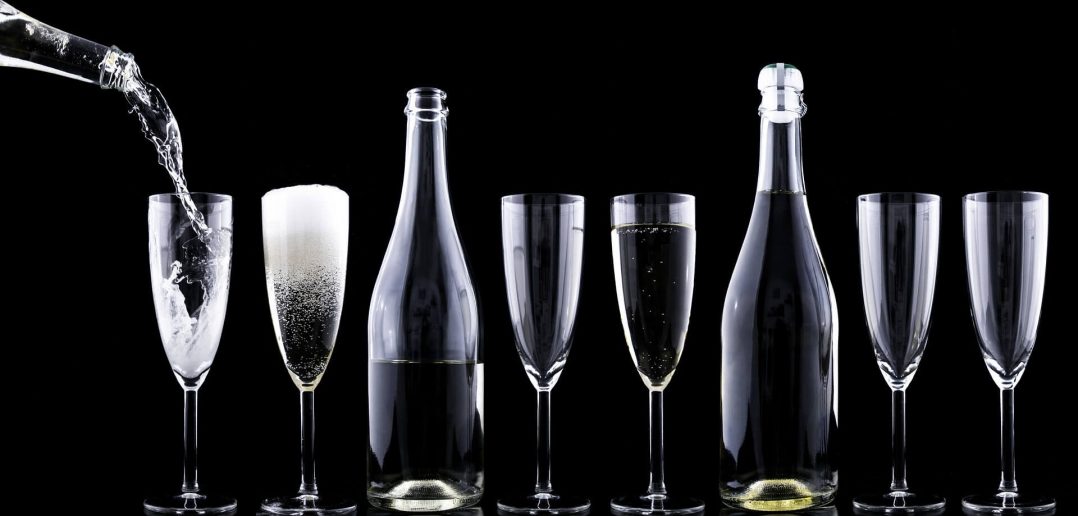Explore the fascinating world of glass with our insightful guide! Discover the 10 essential characteristics that make glass a unique and versatile material, from transparency to durability. Uncover the secrets behind its beauty and functionality.
Glass is a generally bright hard substance. It is composed of silicates and alkalis that fuse at high temperatures. The glass was already used by the Muslim and Arab peoples. In this way, these people are assigned the use of two concave glasses with magnification to use them as binoculars. Next, and as a summary, we will analyze the characteristics and properties of glass
Characteristics Of Glass
1. Origin and discovery
The discovery and development of glass have a long and fascinating history that spans thousands of years. Here’s a brief overview:
1. Early Beginnings:
- The origins of glass can be traced back to ancient civilizations. The earliest evidence of glassmaking dates to around 3500 BCE in Mesopotamia (modern-day Iraq). It is believed that glass was first produced accidentally, possibly when traders or artisans fired a mixture of silica (from sand), soda ash, and lime near a beach, resulting in a transparent material when it cooled.
2. Ancient Egyptian Contributions:
- The ancient Egyptians played a significant role in the development of glassmaking techniques. They refined the process by creating colored glass and glass beads for jewelry. Glassmaking knowledge spread through trade routes to other ancient cultures, including the Greeks and Romans.
3. Roman Innovations:
- The Romans made substantial advancements in glass production during the first century BCE. They developed glass-blowing techniques around the first century CE, revolutionizing the industry. This innovation allowed for the creation of various glass shapes and containers with greater ease.
4. Islamic Contributions:
- The Islamic civilization further advanced the art of glassmaking between the 8th and 10th centuries. They perfected techniques such as enameling and gilding, creating intricate and decorative glass objects.
5. Medieval Europe:
- The knowledge of glassmaking declined in Europe after the fall of the Roman Empire but experienced a revival during the medieval period. Venice became a prominent center for glass production, and the Murano glassmakers developed techniques for producing clear glass.
6. Renaissance and Modern Era:
- The Renaissance saw a renewed interest in glass art and science. Innovations in glass mirrors, lenses, and eyeglasses emerged during this period. The industrial revolution in the 19th century led to mass production of glass, making it more accessible and affordable.
7. Contemporary Glassmaking:
- Today, glass is a ubiquitous material with diverse applications. Modern techniques, including float glass production, glassblowing, and various types of specialized glass, have expanded its uses in architecture, electronics, packaging, and art.
The journey of glass from its accidental discovery in ancient times to its widespread use in the modern era reflects the ingenuity and craftsmanship of various cultures throughout history.

2. History of glass
The history of glass dates back to around 3500 BCE in Mesopotamia, where it is believed to have been discovered accidentally. Ancient civilizations like the Egyptians and Romans contributed to its development, with the Romans pioneering glass-blowing techniques. The Islamic civilization refined glassmaking in the medieval era. Venice became a center for glass production in the Renaissance. The industrial revolution enabled mass production in the 19th century, leading to contemporary uses in architecture, electronics, and art. Today, glass is a ubiquitous material with a rich and diverse history.
3. Uses of glass
Glass has a wide range of uses in various industries and everyday life, including:
- Construction: Windows, doors, facades, and glass walls in buildings.
- Containers: Bottles, jars, and vials for packaging food, beverages, and pharmaceuticals.
- Automobiles: Windshields, windows, and mirrors in vehicles.
- Electronics: Screens for smartphones, tablets, and TVs.
- Optics: Lenses for cameras, eyeglasses, and scientific instruments.
- Art and Decor: Stained glass windows, glass sculptures, and decorative items.
- Laboratory Equipment: Glassware like beakers, flasks, and test tubes.
- Medical Applications: Surgical instruments, diagnostic equipment, and glass implants.
- Solar Panels: Photovoltaic cells use glass for protection and transparency.
- Fiber Optics: Glass fibers transmit data in telecommunications.
- Cookware: Glass bakeware, cookware, and kitchenware.
- Insulation: Glass wool and fiberglass for thermal and acoustic insulation.
These diverse applications highlight the versatility and importance of glass in various aspects of modern society.
4. Recycling
Glass is a type of material that can be recycled more easily than other materials. However, there are some types of glass that, due to their composition, the recycling process is more extensive over time. For example: mirrors, window glass, spotlights and tempered glass.

5. Optical properties
These properties refer to a part of the light is refracted, another absorbed and a third part is transmitted. The optical properties of glass do not change over time.
6. Physical properties
Composition of glass Although there are many ways to make glass, in general, glass is composed of materials of mineral origin fused thermally. Specifically, it contains quartz sand, soda, lime, magnesium oxide and aluminum oxide.
Color. The color is originated by the elements that are added at the moment of their fusion. For example, a bluish-red color will be achieved by the use of cobalt oxide; A yellow color will be achieved by using ferric oxide and a bluish coloration will be achieved by the use of ferrous oxide.
Texture. The texture can vary the brightness of the glass. This depends on the melting process that has taken place.
Malleability. They are malleable when they are in their casting stage. The main methods of molding are:
Pressing
Blown
Stretched
Laminate
7. Mechanical properties
- Softening The glass softens at approximately 730 ° C.
- Hardness. It is 470 HK.
- Resistance to compression. It oscillates between 800-100 MPa (megapascal)
- Elasticity of glass It refers to the elastic elongation of a thin glass rod and how resistant this bar is. It has been shown that the glass has a resistance to elasticity of 70,000 MPa.
- Flexural strength. It measures the resistance during the deformation of the glass. According to tests it has been determined that said material has a flexural strength of 45 MPa.
8. Thermal properties
As for the thermal properties, it can be said that the glass reaches a specific heat (temperature) and also that it has a thermal conductivity. In other words, it conducts both heat and cold in the same way.
Temperature for its softening. Certainly glass does not have a defined softening point. Thus, this material passes from a solid state to a plastic state with a pasty appearance. However, modification characteristics can be observed from approximately 600 ° C.
9. Electrical properties
Dielectric constant. Between 5 ° C and 10 ° C. It is a physical constant that explains or describes how an electric field affects (or is affected) by a medium.
Surface electrical resistivity. Under normal conditions the glass has an electrical resistivity of 1020 ohm · cm. This transforms it into one of the best known electrical insulators.

10. Chemical properties
Density. This density depends on the type of materials included in its manufacture. However, in general, the density of the glass is approximately 2500 kg / m3. This gives the flat glass a weight of 2.5 kg / m2 (per each millimeter of thickness).
Viscosity. It is the resistance that a liquid has to flow. Here we are in front of a solid material but we must also refer to the viscosity. However, the glasses are supercooled liquids. It is for this reason that this chemical property of glass must be taken into account.
Corrosion. The glass is very resistant to corrosion. That is why it is frequently used in chemical experiments. Anyway this does not mean that said material is indestructible. In fact there are 4 substances against which the glass breaks:
Hydrofluoric acid
High concentration phosphoric acid
Alkaline concentrations at high temperatures
Water at high temperature
